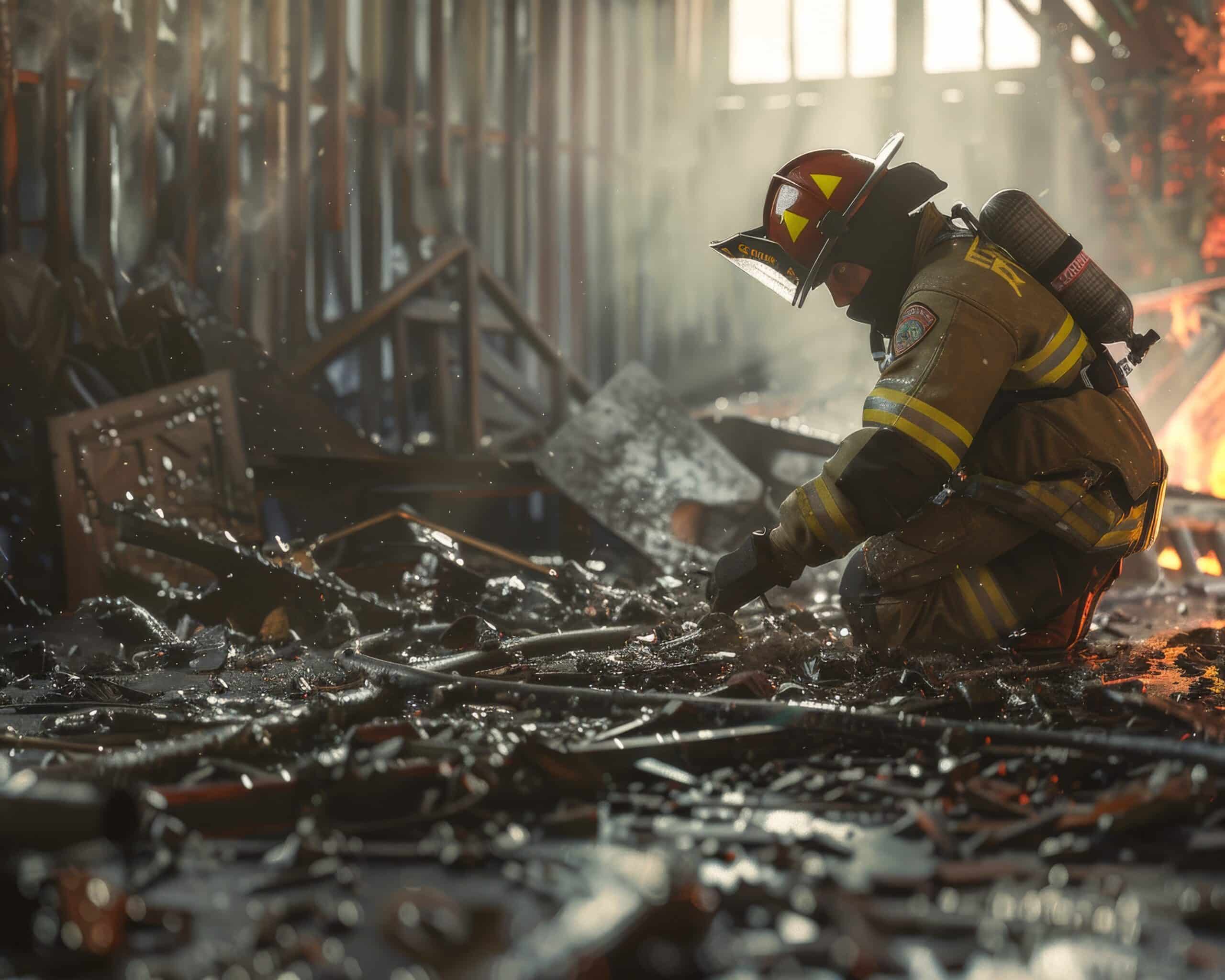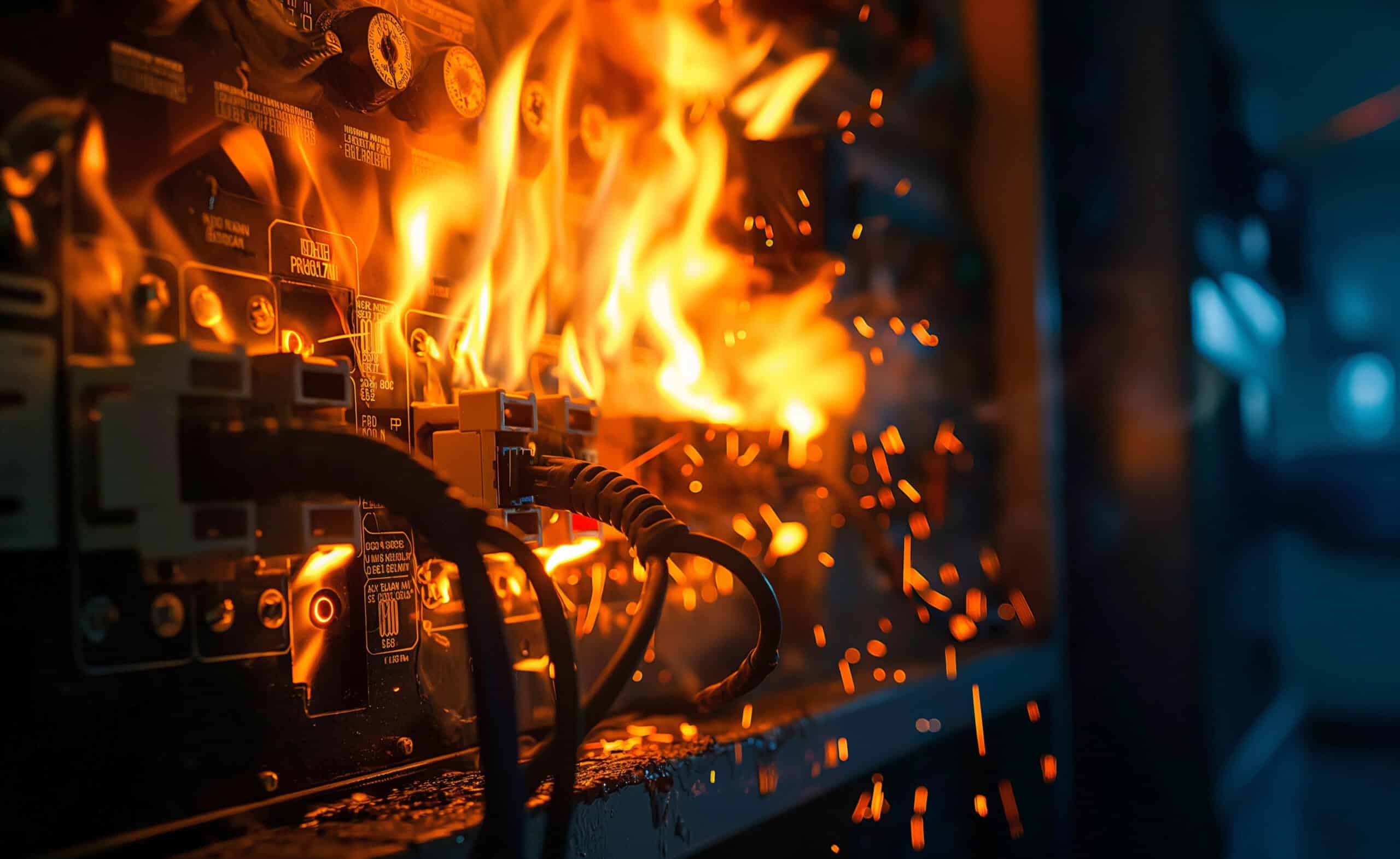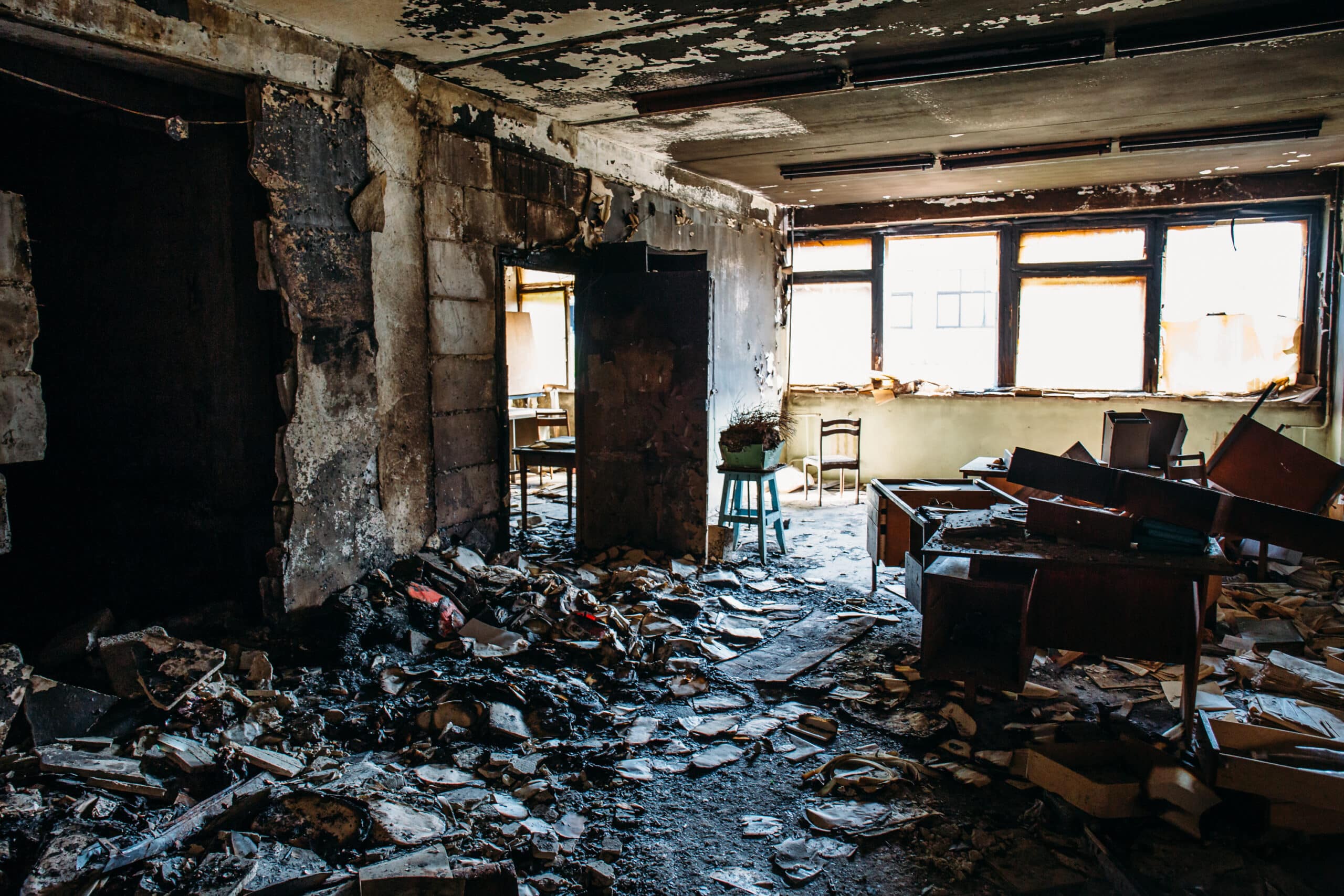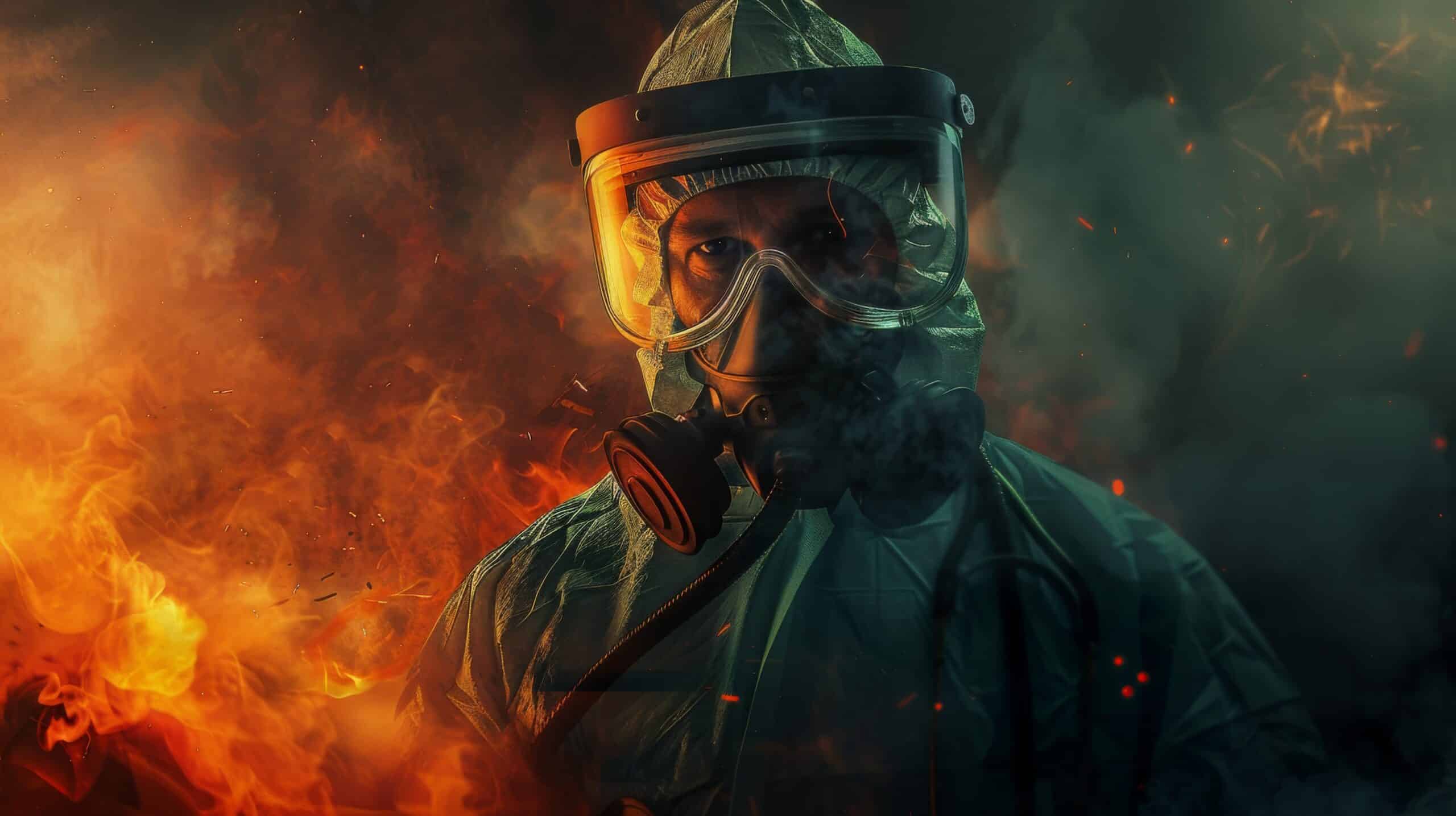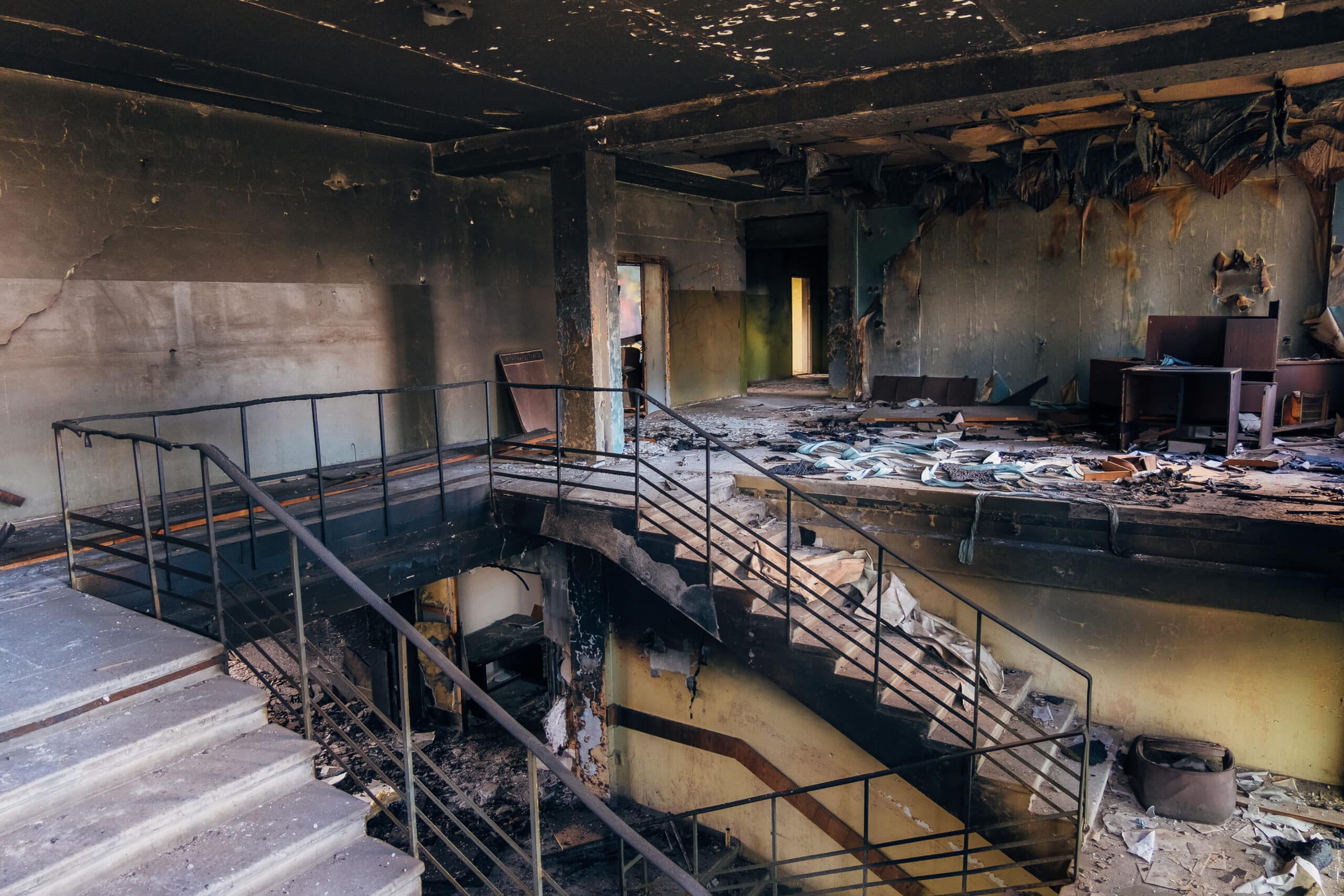Fire Damage Assessment and Mitigation
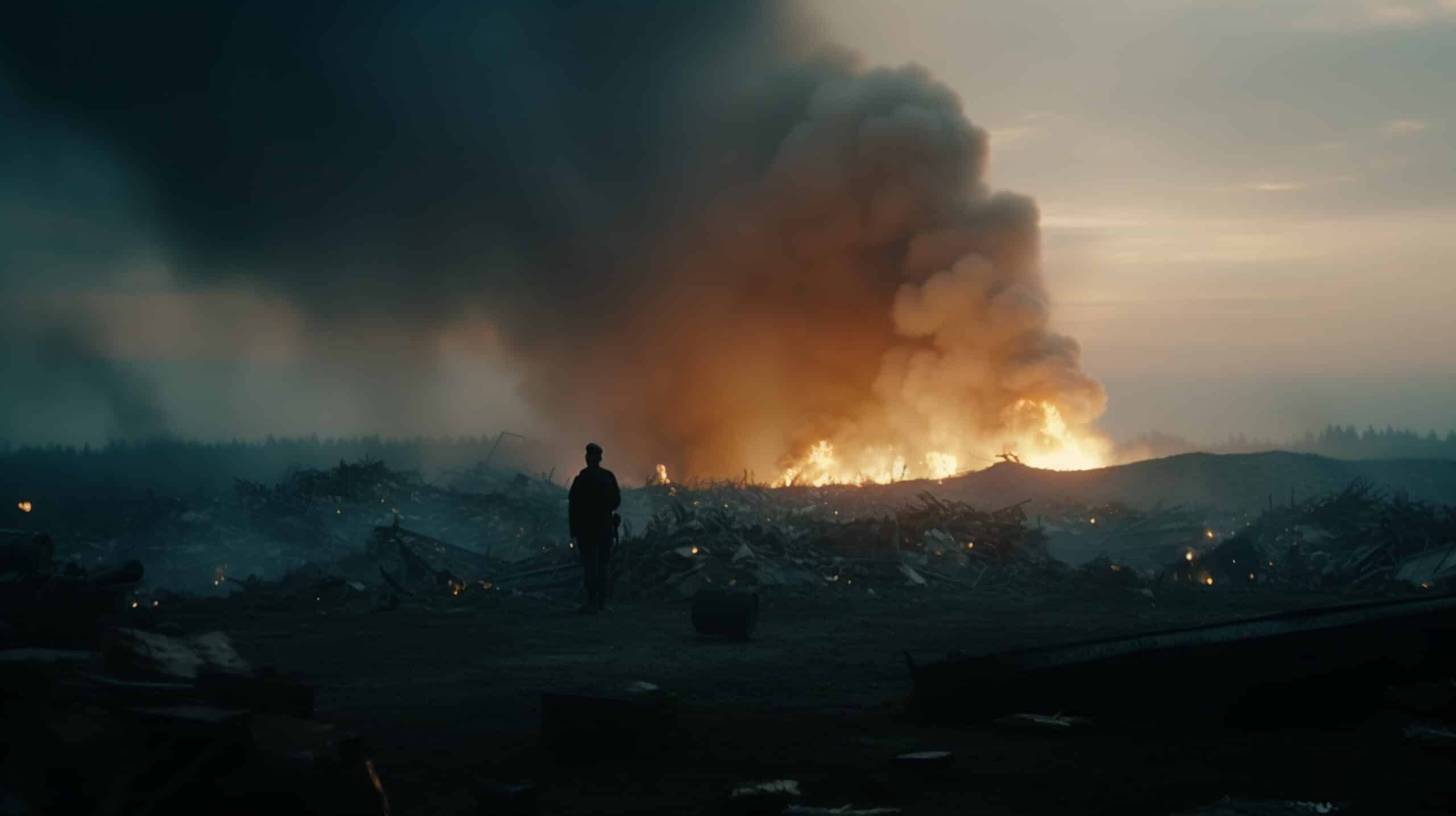
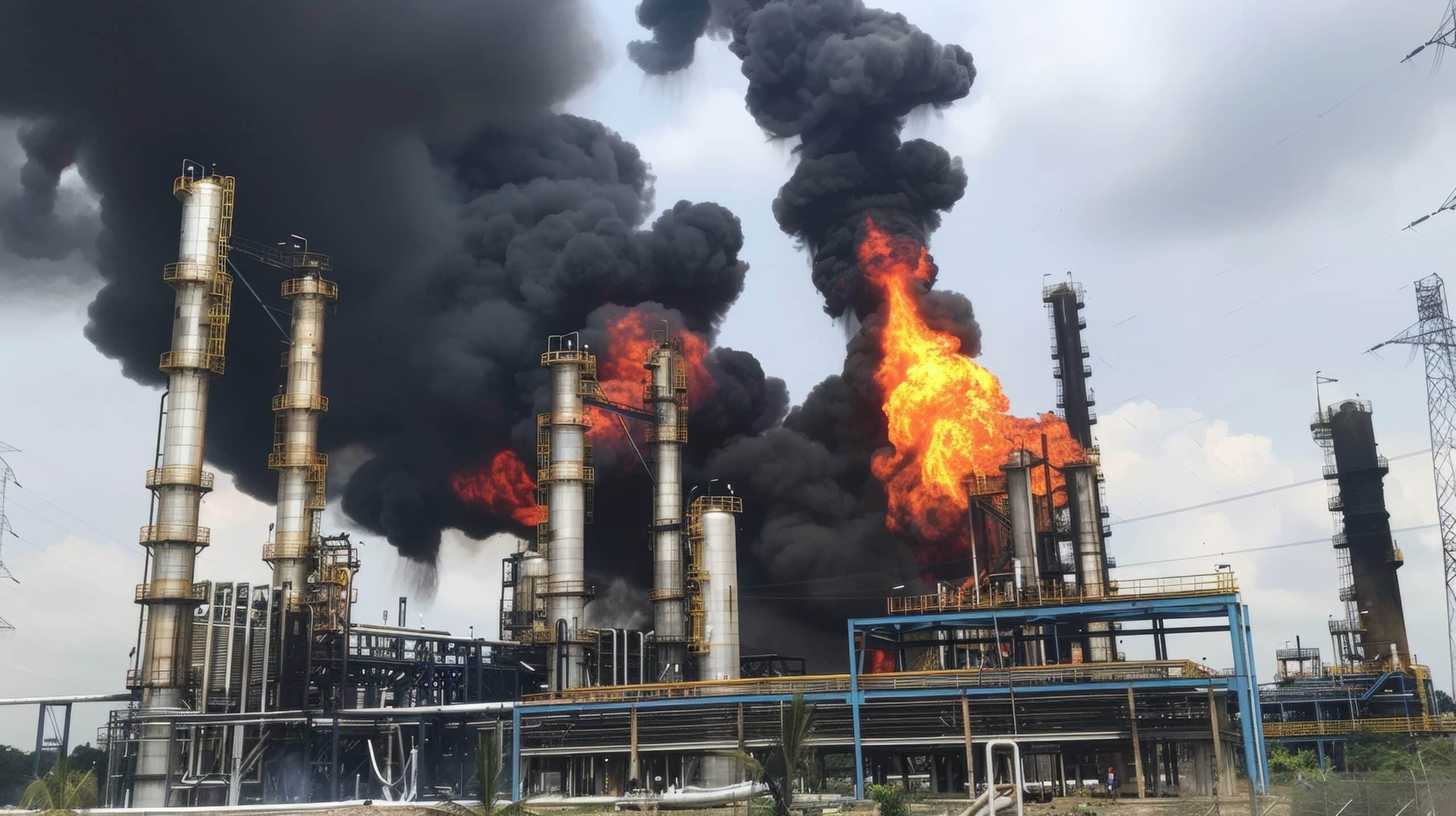
Fire Damage Assessment is the cornerstone in the recovery journey following a fire calamity. This indispensable operation entails a detailed examination and recognition of the degree and intensity of damage inflicted by the fire, smoke, soot, and water used in extinguishing the fire. An exhaustive fire damage assessment considers both overt and concealed damages—from surface-level burns to structural compromises, from harm to furniture and personal items to damage to essential electrical and plumbing systems.
This procedure is usually carried out by professionals who are skilled in spotting fire-related damages. Their report chronicles the type and extent of damage, which is pivotal in creating a restoration strategy. Additionally, a thorough fire damage assessment assists in approximating repair costs, which is crucial for insurance claim processes. Without an accurate fire damage assessment, the restoration could be ineffective, potentially leaving the structure unsafe and leading to escalated repair expenses in the future.
COMPONENTS OF FIRE DAMAGE ASSESSMENT
A comprehensive fire damage assessment is a meticulous process designed to identify all areas of damage and inform the subsequent restoration plan.

Initial Inspection
The first step involves a cursory examination of the property to gauge the extent of fire, smoke, soot, and water damage. This initial inspection provides a broad overview of the restoration work.
Structural Damage Assessment
A detailed inspection of the building’s structural elements, such as walls, ceilings, floors, and the roof, is conducted. This step is crucial for determining the property’s stability and safety.
Utility System Check
The assessment wouldn’t be complete without a thorough check of all utility systems, including electrical, gas, and plumbing systems, to identify any potential risks.
Damaged Inventory
A detailed inventory of damaged and non-damaged goods is compiled, which can be invaluable during insurance claim processes.
Report and Cost Estimation
The final step involves documenting all the information gathered during the assessment in a detailed report. This report is then used to estimate the restoration process’s cost based on the damage’s extent.
